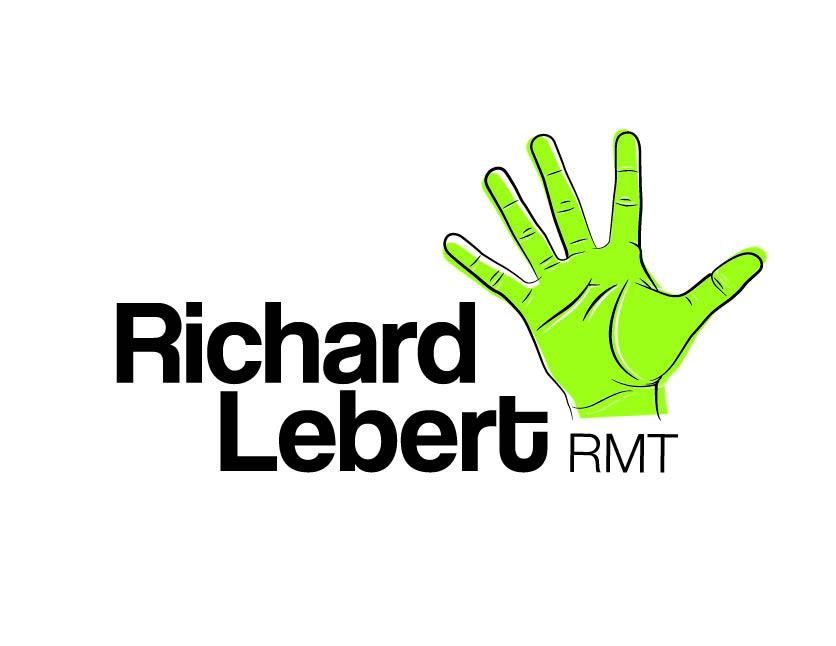What you need to know to understand risk estimates
/What you need to know to understand risk estimates
Hassan Vally, La Trobe UniversityThis article accompanies our interactive body map on the risks of inactivity, to help you understand the risks to your health and what they really mean.
Interpreting health (or any other) risk estimates reported in the media is not straightforward. Even health professionals can get tripped up trying to make sense of these statistics, so it is no wonder the public can easily be confused or misled.
Often there is tendency to overreact to risk estimates, so it’s worth unpacking what these really mean.
Relative risk
Overreactions to risk profiles are most often caused by a lack of understanding of the difference between relative and absolute risks.
To use a recent example, when it was reported that the use of hormone replacement therapy (HRT, used to treat symptoms of menopause, and for cross-hormone treatment for transgender people) increases the risk of ovarian cancer by up to 43%, this clearly sounded frightening.
However, this is a relative risk – it indicates the ratio of the risk of ovarian cancer associated with the use of HRT (the exposed group) compared with the risk of ovarian cancer among those who do not use it (the unexposed/comparison group).
So, if the baseline risk in the unexposed group is low (as it is in the case of ovarian cancer), then even if the relative risk is high, the actual (absolute) risk of illness associated with HRT (and thus the implications for the individual) may not be quite as worrying as they first appeared.
In this example, the absolute risk of ovarian cancer associated with current HRT use was found to be 0.1%. Or, to put this in terms of relative frequencies, it represents an extra one case of ovarian cancer attributable to the use of HRT for every 1,000 women treated for approximately 5 years from 50 years of age. If you don’t satisfy this criterion your risk is likely much lower.
Reporting findings in this way clearly communicates the dangers of HRT in a more meaningful way, and greatly alters the perception of the threat posed.

What does a ‘one-in-1,000 chance’ mean?
Even if you have taken on board the difference between relative and absolute risk, you are still left with the question as to what a “1-in-1,000 risk” actually means.
One of the tendencies we have is to put too much weight on the likelihood of an adverse outcome in our minds – in this instance, cancer. There is a vast body of literature addressing the numerous factors that influence how individuals perceive risk.
One of these is that how plausible something seems is determined by how easily the scenario comes to mind. Thus, the image of being diagnosed with cancer can be evoked easily – and hence the likelihood of this event will be overweighted in the mind.
Another bias is that the probability of an unlikely event is overestimated when the alternatives are not specified. Thus, your mind focuses on the possible – but unlikely – negative scenario, and does not focus on the alternative positive scenario if this is not made clear.
So, if you focus on the 1 in every 1,000 people who may get cancer, you are not focusing on the 999 out of 1,000 who do not. As a result of these biases and many others, low-probability negative events are generally more heavily weighted in the human mind than they should be.
All of this is not to say that we should downplay the risks associated with various exposures, and in the above example there is clearly an increased risk of ovarian cancer associated with the use of HRT which women need to be aware of.
However, we want to understand more accurately what these risk estimates mean for us, so we can make better decisions. Making a good decision involves not overestimating the threat of an exposure, and also not underestimating it.
In the HRT example one is balancing the increased risks of ovarian cancer against the possibility of an improvement in what can sometimes be very severe menopausal symptoms.
This trade-off is one that individuals need to make for themselves, factoring in all of the evidence and their personal situation. The difficulty is that while rational thinking is what’s needed in this situation, the framing of many health findings in a negative way – or in a way to create the maximum impact and thus evoke the most emotion – often works against balanced decision-making.
Hassan Vally, Senior Lecturer in Epidemiology, La Trobe University
This article was originally published on The Conversation. Read the original article.


